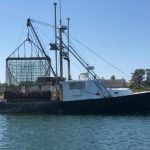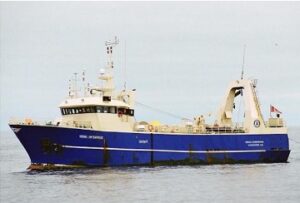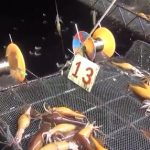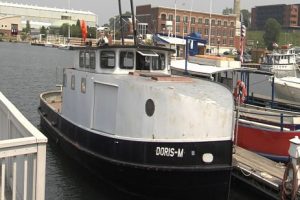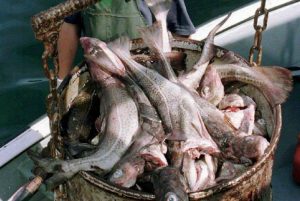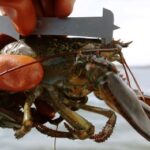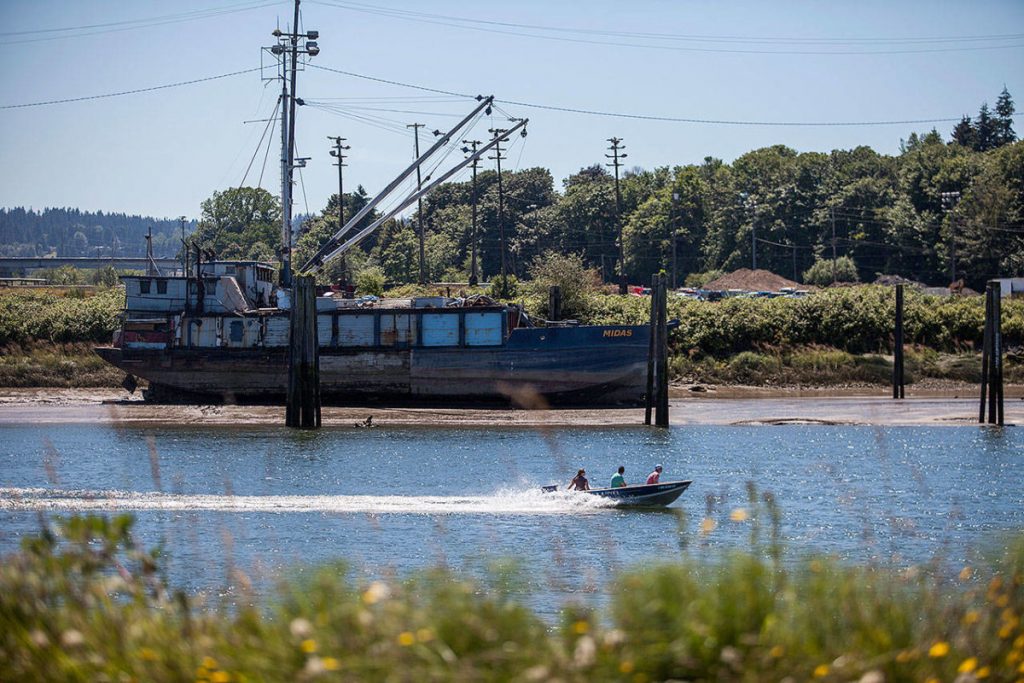FISH-NL – Statement on Gulf caplin
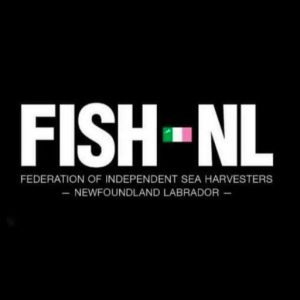
6/27/2018
FISH-NL calls on Ottawa to release 2018 caplin management plan for the Gulf; roll over last year’s quota
The Federation of Independent Sea Harvesters of Newfoundland and Labrador (FISH-NL) is calling on the Government of Canada to release the 2018 caplin management plan for the Gulf of St. Lawrence, and recommends a roll over of last year’s quota.
“How the hell can we survive when it’s the middle of caplin season with no management plan and no quota?” says Boyd Lavers, FISH-NL’s Captain of the over 40-foot fleet, and an inshore harvester from Port Saunders on the Great Northern Peninsula. “The minister of Fisheries and Oceans is either punishing us or he’s trying to bankrupt us.”
There’s been a huge abundance of caplin reported this spring in the Gulf of St. Lawrence. DFO scientists say caplin have been rolling on unfamiliar shores throughout Atlantic Canada and Quebec — which they say is a good sign of the health and abundance of caplin stocks. Caplin have even rolled on beaches on Prince Edward Island, which is said to be rare.
In 2017, the federal Department of Fisheries and Oceans set the caplin quota in the Gulf (fishing zones 4RST) at 14,300 tonnes, the same level as the 2015/2016 total allowable catch.
This year’s caplin management plan has yet to be released, but harvesters have been allowed to catch 50 per cent of their quota while they’re waiting.
“The caplin is thicker here than we’ve ever seen and it’s right on my doorstep and I can’t catch it,” says Lavers, who’s caught half his quota.
“People need to understand that caplin wait for no man. If I don’t catch my shrimp today I can go out next week and catch it. Caplin isn’t like that — they move and may not be here next week. Is Ottawa going to wait until caplin are gone and then announce the quota? What’s the good of that?”
DFO scientists recently conducted their very first caplin survey in the Gulf of St. Lawrence, and while they reported seeing banks of caplin, they have no baseline science to compare it to.
DFO scientists reported in March the caplin stock off Labrador and eastern Newfoundland was down 70 per cent, emphasizing the relatively small amount of 20,000 tonnes harvested by the commercial fishery last year was not to blame. That said, harvesters reported schools of caplin in most bays this spring.
Harvesters have complained for years that DFO releases management plans for different species too late in the year.
Contact: Ryan Cleary 682 4862





































